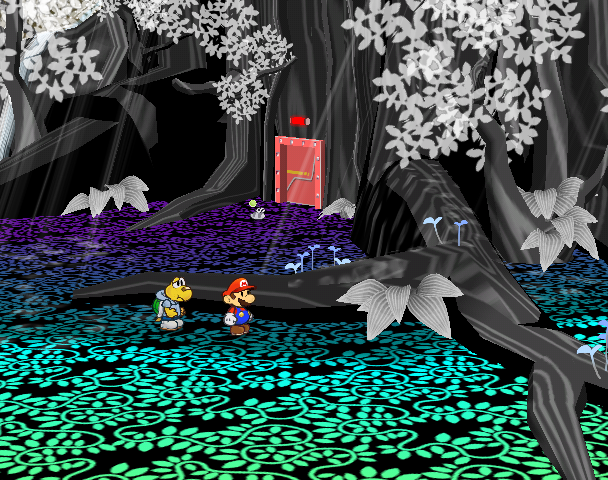

The series started strongly (in a vote of early confidence, parent network Nickelodeon aired its debut immediately following the broadcast of its highly rated Kids’ Choice Awards), and it found a loyal audience among children as well as adults who appreciated its whimsy and slyly deceptive sophistication. The first period began with its debut on (though Hillenburg had been developing the concept for years some evidence shows it had been gestating since 1986). SpongeBob’s evolution can be broken broadly into two distinct periods: prior to the movie, and after it. To this day, long after Hillenburg handed his characters off to others, that approach remains the show’s credo. From the beginning, Hillenburg emphasized that the stories should focus on the characters, never striving for the archly ironic, self-aware cool that might fleetingly catch viewers’ fancy but which inevitably wears out its welcome. They bought into Hillenburg’s vision of SpongeBob as the eternal child who could see only the bright side of even the most oppressively punishing situation and who finds only the good in the most ill-intentioned people. On that program, Hillenburg became acquainted with the group of people who would become central to helping him realize his vision of a porous protagonist and his subaquatic friends, chief among them Derek Drymon, Nick Jennings and Tom Kenny. But his passion for animation led him to a role as creative director of Joe Murray’s cartoon, Rocko’s Modern Life. The comic book featured a sponge named Bob that was the first incarnation of the spongiform sprite. Hillenburg, a marine biologist by training, created Intertidal Zone, a comic book for his employer, the Ocean Institute. SpongeBob’s rise to animation’s pantheon, not to mention his longevity, made his creator Stephen Hillenburg very wealthy and practically a household name, thanks to SpongeBob merchandise bearing his signature. If the formula-a goofy naïf and his eccentric fellow-travelers-sounded standard, its execution was anything but: The character’s indomitable optimism and childlike joy set him apart from characters whose appeal is predicated on an aspirational attitude of cool. When the first SpongeBob SquarePants episode (“Help Wanted”) aired on May 1, 1999, it did so with little fanfare. It’s SpongeBob’s ocean we just swim in it. Tom Heintjes gathered insights and reminiscences from some of the people behind SpongeBob SquarePants to illuminate the making of a cultural phenomenon. More than a decade has passed since Stephen Hillenburg’s porous protagonist established Bikini Bottom as a must-see outpost of popular culture.


 0 kommentar(er)
0 kommentar(er)
